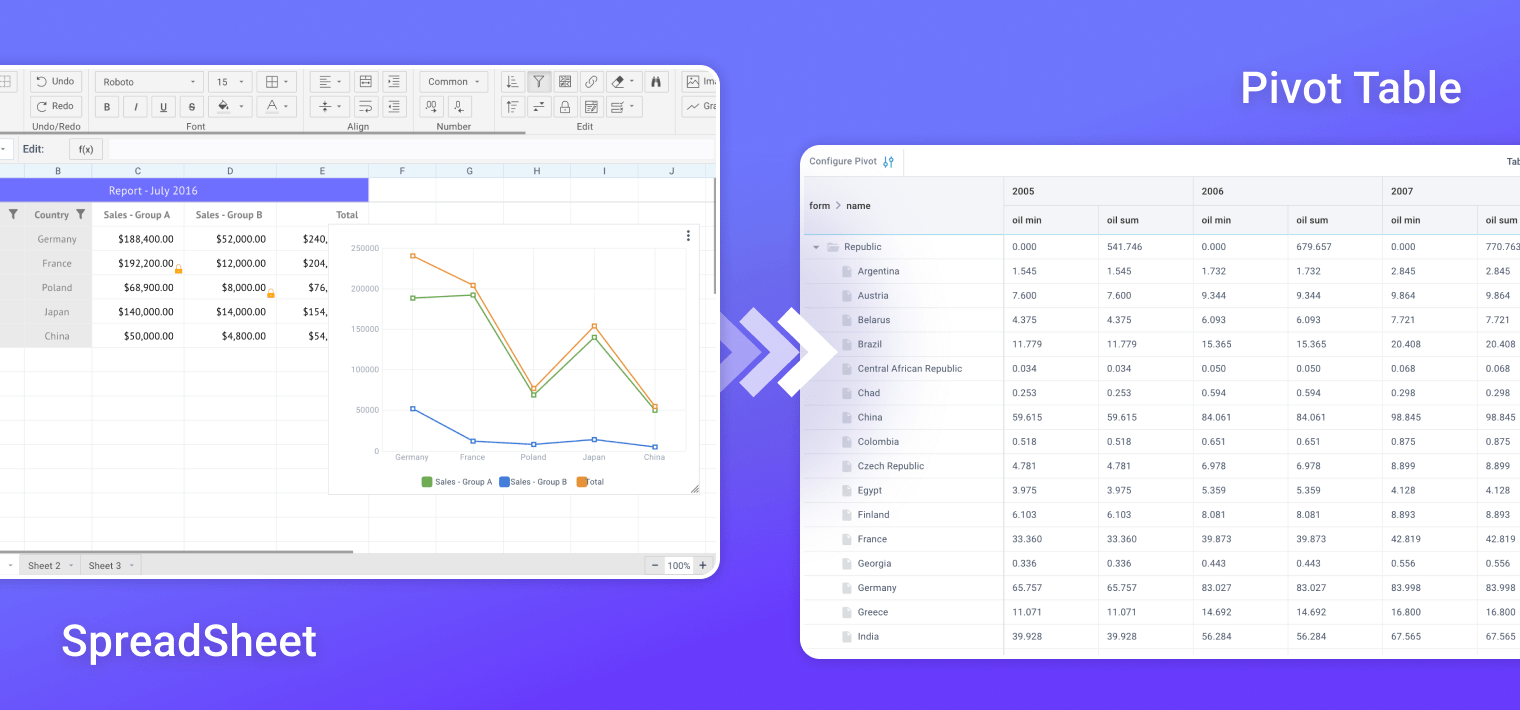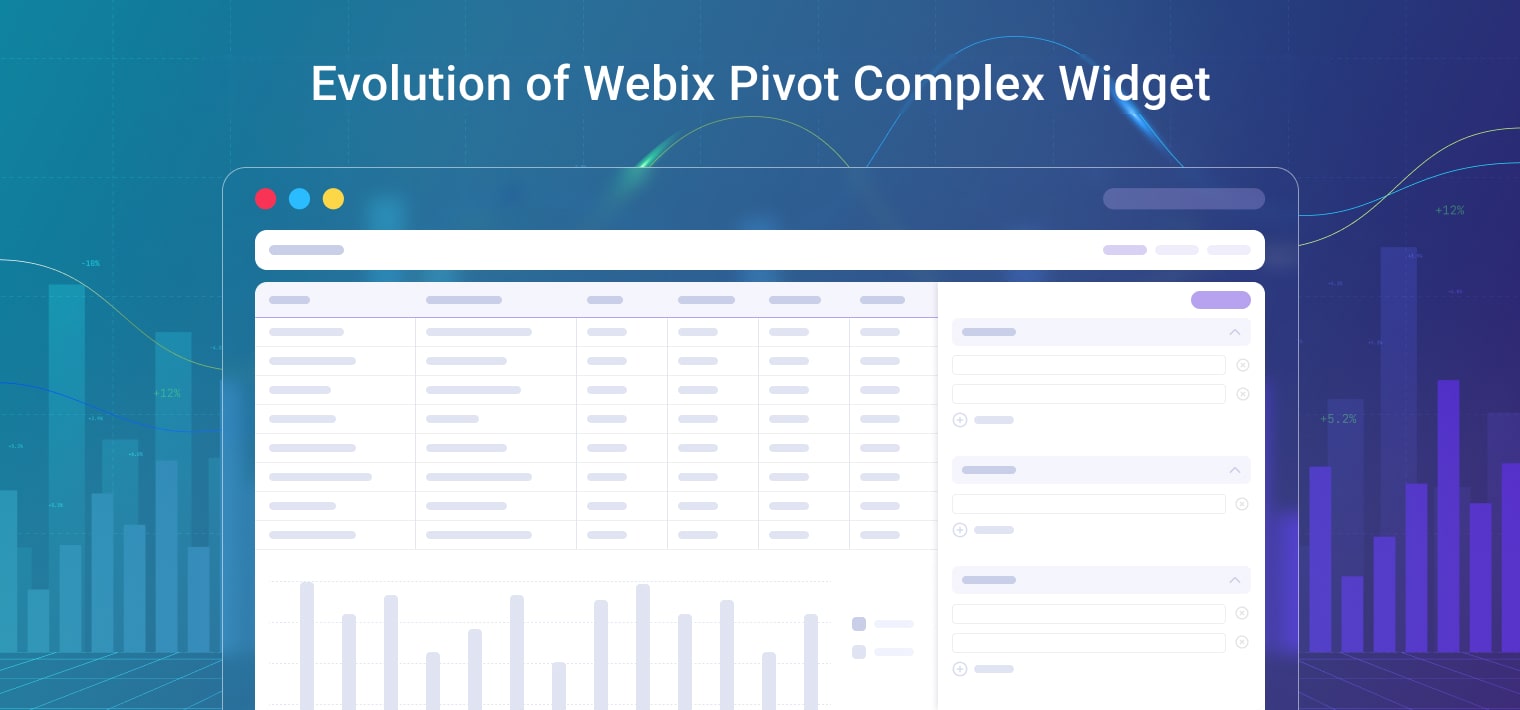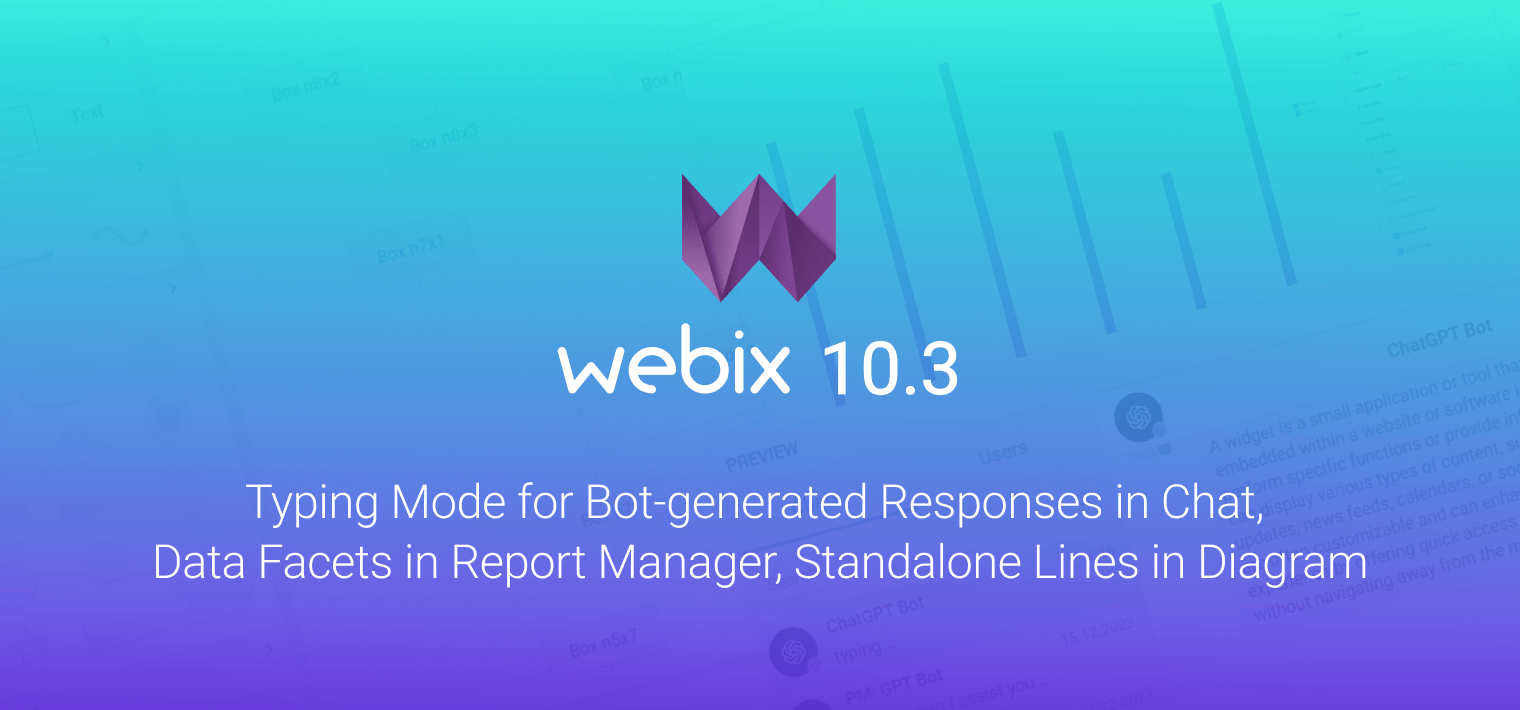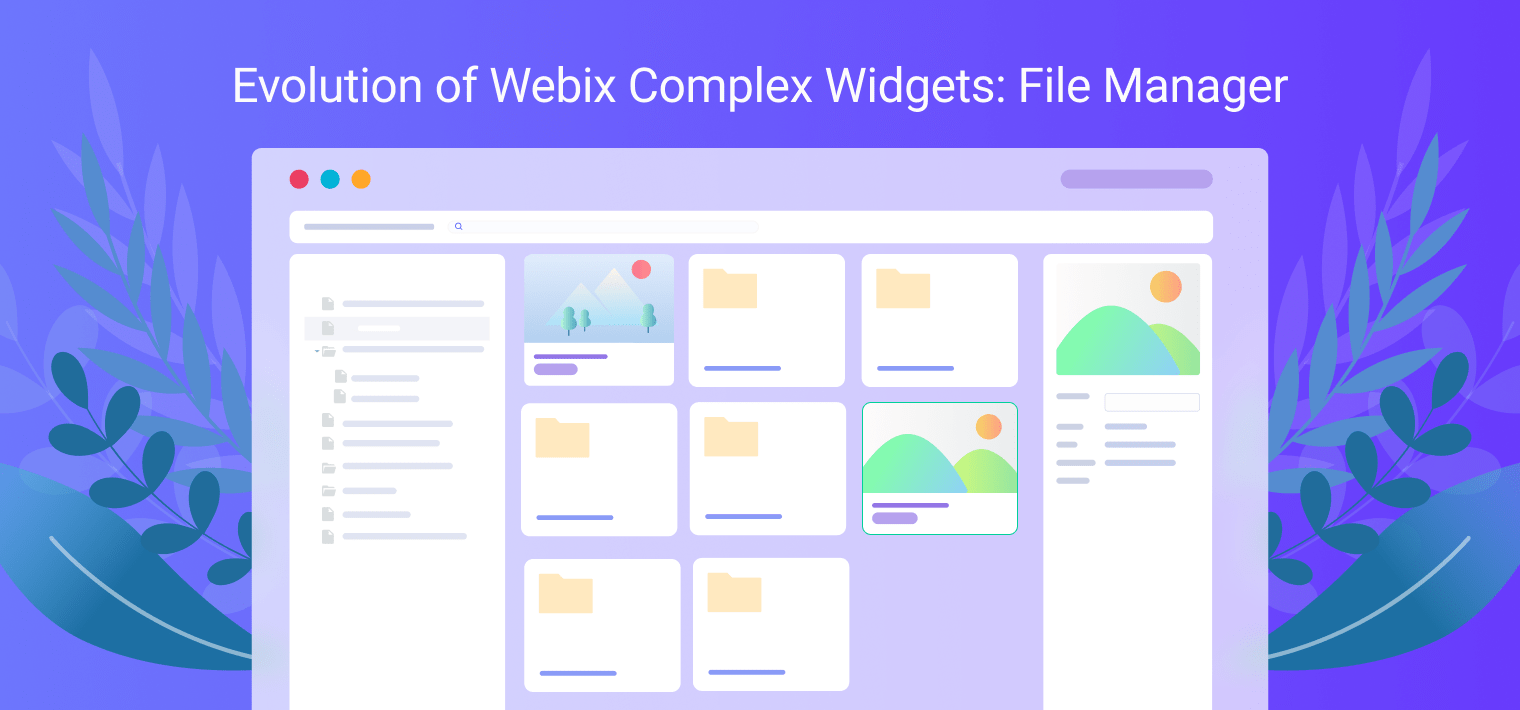Webix continues finding its dedicated followers all over the world. We have an interview with Jana and Hatem today. Jana is a marketing manager and Hatem is the main developer at Old World Computing. It is a consulting company providing data science services and solutions.
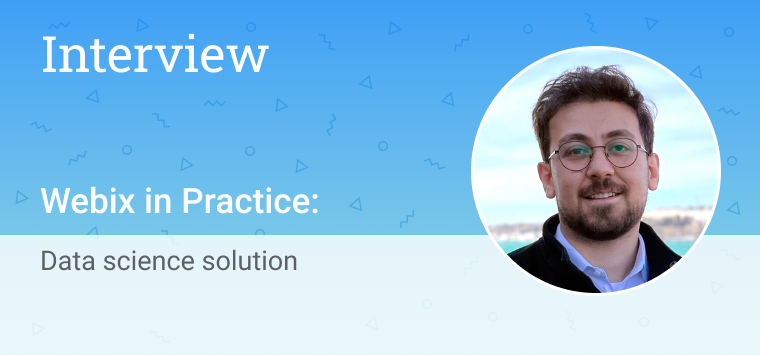
Hi Jana, hello Hatem! Could you please tell us about your company and your project?
Hatem: We are a data science consulting company. We support our clients in the process at all levels and through all phases: from the organizational decision on where best to hang data science capability to the selection, education, and training of staff in the methodology, support or implementation of initial lighthouse projects, to long-term support in joint projects and the development of specific software. Our new extension for RapidMiner, the WebAppBuilder is one example of a software development that we have made for one specific client but is useful for many others. It is designed to help consultants in building small web apps that demonstrate the first data science models, so everyone has a clear idea of the current results and what is most important how to use them for the organizational aims.
Why did you decide to opt for a JavaScript UI library?
Hatem: The main reason was that we didn’t have the capacity for a self-built JavaScript library, so we turned to a well-documented library. There were other libraries but the main reason for choosing Webix was the simplicity of the configuration since you need just a JSON structure for the UI. Our extension was very simple to implement for that reason. It was helpful for us, as it saved time and work hours as well.
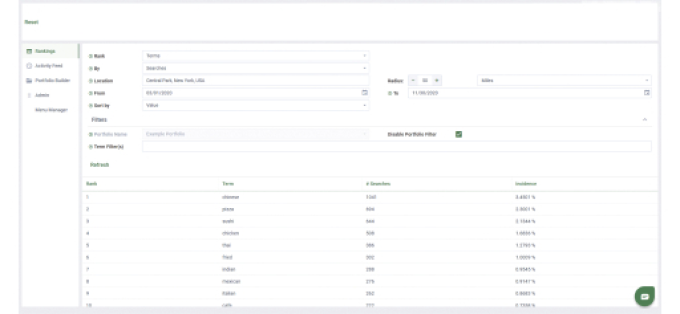
How did you learn about Webix?
Hatem: I learned about Webix from my colleagues who use it for local desk purposes. I think they found it on the web simply searching. They suggested it to me and it was very helpful.
Were there any challenges with implementing Webix in your project?
Hatem: Last year when we had to start with Webix, documentation was kind of messy. I think after that you made some changes in the commentary section and some documentation changes and the problem was solved. Google search was not optimal. I think you reviewed your website in terms of SEO and then our problem was solved.
Do you mean you used Google search to navigate Webix documentation?
Hatem: Yes, searching for problems, searching for features. For example, data table auto width. I googled it.
Was the inbuilt search of the documentation inconvenient for you?
Hatem: I didn’t use it. Google was more accessible for me.
What do you like about Webix?
Hatem: It’s very customizable. It’s very well-documented. And the UI is fast. These are the three things I love about Webix.
By customization, I mean JavaScript customization like changing functions and so on. I can override and add components.
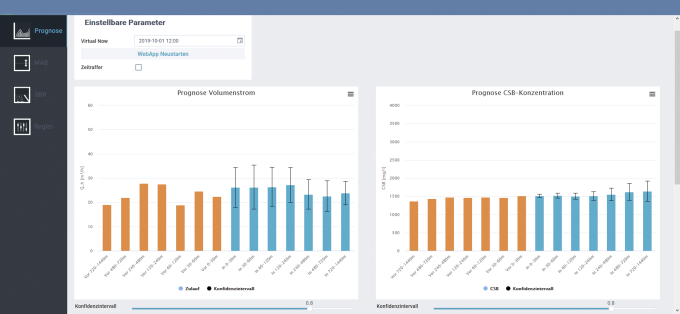
Do you use Webix Jet?
Hatem: I’ve tried to use it but it doesn’t work well with our backend. So we kind of stuck with the original Webix.
What do you use for the backend?
Hatem: We use Java. There are many servers. It’s very complicated. We have a lot of technical issues with the backend. So we stick to the normal frontend.
Do you use any other libraries?
Hatem:As an additional library, we use Highcharts JS for visualization of the data sets.
What would you recommend Webix to improve?
Hatem: There are many places where the documentation is old and the description doesn’t suffice. For example, the width of components, auto width. But other than that, most of the documentation was always up-to-date and contained examples.
Where do you look for information about JavaScript? Do you follow any bloggers or platforms?
Hatem: Most of it, Google Search. I don’t think I know any blogs or websites. Generally, I search for a feature I would like to implement and see what there is. Stack Overflow, yes. It is the way to go.
Jana: As a hint, there are such networking platforms as Xing where people discuss what they are working on, and also Meetup. There are events where people introduce new topics. There are local communities. But during Corona, it’s a bit different. Now, most of the events are online.
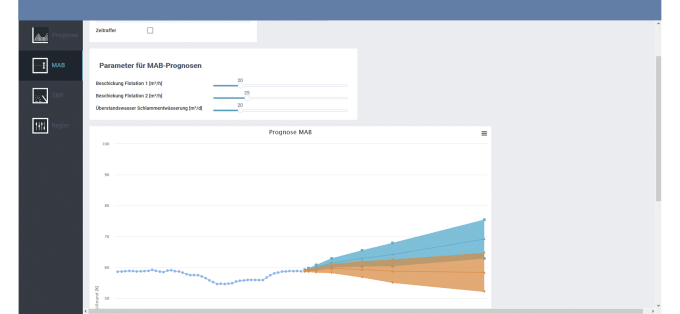
Jana, have you got anything to share about Webix?
Jana: Webix is very helpful for fitting our needs. Our WebAppBuilder extension is aimed at giving other people the possibility to build web apps. It should be in a fast and easy way. You don’t want to have a development time of six months or one year. You want to show your latest results. It’s easy to fit it in and has a modular structure. Using all the possibilities of RapidMiner and being able to prototype project progress fast so you can talk with customers and end-users about the solution they can accomplish with data science. Data science is very complicated. Having a web app to show end-users how the result may look like or even use it for a full deployment makes it easy for data scientists to show how it works.
Who would you recommend Webix to?
Hatem: It depends on the kind of ecosystem you are using. Webix is very easy to build and maintain. It simplifies building the front end.
Do you mean that Webix is useful for developers with low or medium knowledge of JavaScript?
Hatem: Yes, or with very simple demands. Of course, one could explore Webix and build complex apps upon it. But I think Webix works very well for simple apps and efficient work.
Do you consider your app to be simple? I guess that data science is complicated.
Hatem: The app itself is not very simple. But our extension is a building tool, so you can decide how complex your app should be using our builder. It’s like another layer above Webix. It’s not very complex itself. But how we build a web app as a data scientist – that could be complex.
So to get back to your question, when I am building a website for a restaurant, I don’t use Webix for that. When I am building a web app for my company, for internal use, maybe I’ll use Webix, so that I don’t have to develop very much and I can shorten the time of development. But when I go for a very big and complex web app – Google Cloud, for example – I’d rather build it from scratch, because it is going to be very complicated.
Thank you so much! We wish you good luck with your project. And for our readers to know more about it we add a link to the video.
If you are ready to tell us about your experience, just let us know.
